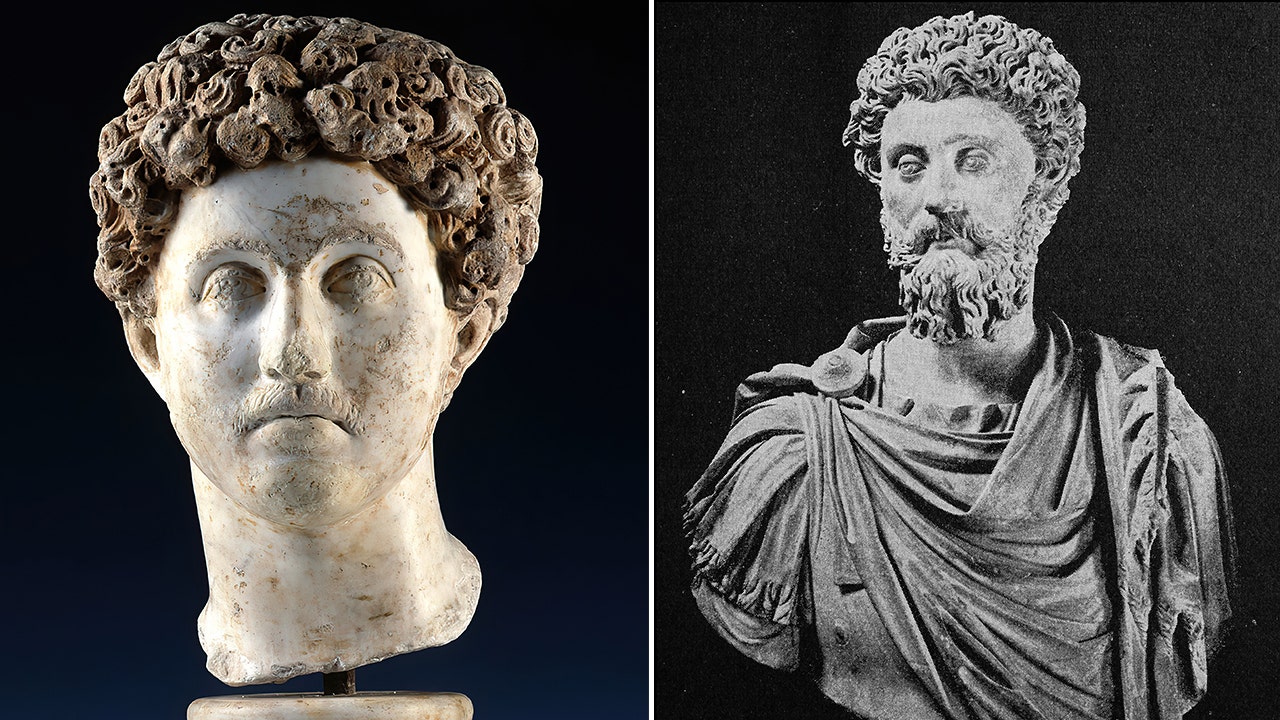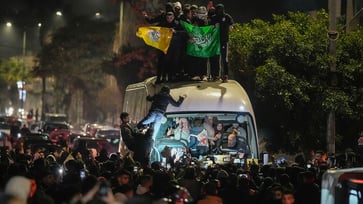Ancient Roman artifacts discovered by explorers, some proven to be fake.
Valuable ancient Roman coins discovered by explorers in Księżpol, Poland.

The Ancient Roman counterfeit cache was discovered among the treasures revealed by the Lublin Provincial Conservator of Monuments, an organization that protects ancient artifacts in Poland.
The "Group of Explorers" discovered coins, fibules, knives, and various metal tools using metal detectors.
The denars, or coins, minted between the years 138-251 were discovered by the individuals while exploring the grounds of Księżpol, a village in Poland.
The Lublin Provincial Conservator of Monuments shared their findings on social media and responded to a user's inquiry about the coins' monetary value.

"Priceless," Lublin’s account said.
"Roman coins, particularly those found in large quantities, are an exceptional rarity, according to Lublin's comment. Archaeologists from Zamość claim that this is a sensational and exceptional find, which may have been connected with a trade route. However, further verification is required to confirm this assumption, as the coins are Roman, medieval, and modern."
Roman silver coins featuring the face of Antonius Pius, minted between 138 and 161, and an intact coin bearing the image of his wife, Faustina the Younger, were among the items discovered.
In each photograph, a silver coin was found, which was identified as being minted in 174 and depicted the face of Roman Emperor and philosopher, Mark Aurelius.

Goth coins from Wielbaric and camel cultures were among the discoveries, including an illegible silver coin and a counterfeit Pius coin.
Experts believe that a fragment of a Pius coin minted in 146-152 was intentionally cut during a trade exchange, and rugged fragments of coins were also discovered among the fields.
A rare coin featuring the face of Etruscan Herenia, wife of Roman Emperor Trajan Decjiusz, was discovered among the findings. Although only a quarter of the coin was present at the time of discovery, it is believed that it was cut during trade.
Archeology experts analyzed silicon tools, pottery, and ceramics found in the same area to determine their origin, dating them to the Early Middle Ages, the Old Polish period, and the Modern Period.

Janusz Szabat and Piotr Magoch lead a group of explorers in the search for ancient artifacts and relics.
The metal detectorists promptly handed over the ancient artifacts to the University of Lublin, and it is anticipated that they will be transferred to the Museum in Belgrade in the near future.
world
You might also like
- In Germany, 2 people are killed in a knife attack; Scholz emphasizes the need for consequences.
- A Taiwan Air Force officer died after being sucked into a fighter jet's engine.
- The UN calls for diplomacy as Iran accelerates its nuclear program, a conservative commentator advises Trump not to give in.
- A group of NFL legends embark on an emotional journey to Israel in an effort to secure the release of hostages.
- Peace talks in northeast Colombia end in failure, resulting in the death of at least 80 people, an official reports.



















